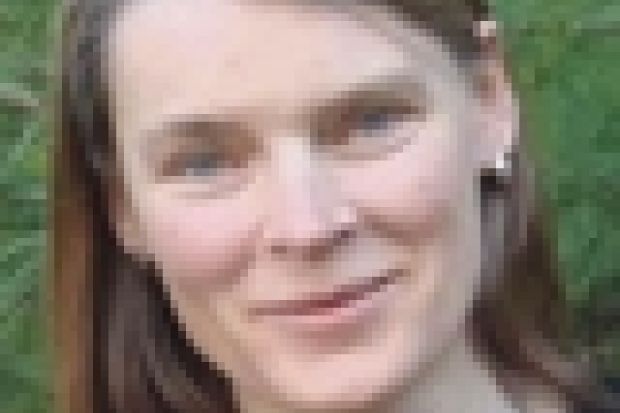A pioneer in the vital new field of proteomic medical research has died.
Judit Nagy was born into a family of engineers in Budapest on 20 April 1963 and studied at the Eötvös Loránd University in Hungary, where she obtained a first in chemistry followed by a master's in neutron-activation analysis (NAA). She then began a PhD involving the application of NAA to the study of ancient pottery, which led to a collaboration with the Natural History Museum. This brought her to London for a month in 1986.
During that time, she was knocked down by a cab, an event that led to her meeting her future husband, Miguel Nadar, who assisted her at the scene. She then decided to relocate permanently to the UK. The change of scene enabled Dr Nagy to switch from radiochemistry to biochemistry, the field she had always wanted to pursue.
In 1993, after some preliminary research on proteins, she embarked on a new doctorate at Imperial College London, which examined how a drug used to treat tuberculosis is activated by a particular enzyme. Similar topics underpinned all her subsequent research.
Based at Imperial for the rest of her career, Dr Nagy began to develop her own research programme in 2000 when she became manager of the proteomics facility at its new Centre for Molecular Microbiology and Infection (although the laboratory was later transferred to the Institute of Biomedical Engineering).
Within a few years, she was firmly established as a leading figure in proteomic research, exploring its potential for diagnosing ovarian cancer and childhood genetic diseases, as well as its implications for drug design.
She served as a director of the British Society for Proteome Research and editor of the Journal of Proteomics, while also acting as a key player in major collaborative projects with universities in Malaysia and the Middle East, and between industry and Imperial.
Katy Brown, reader in biochemistry at Imperial, described Dr Nagy as "a really talented scientist, with an air of professionalism and a great sense of detail, but who was always very compassionate. She was the kind of person you were happy to be working side by side with. Her most recent work involved mapping how proteins and cells evolve in response to disease and other stimuli, and snapping proteins on the surface of bacteria to improve diagnosis and vaccines. She was also trying to set a new standard of methodology to enable different laboratories to compare data better. It's very sad that her life was cut short before her potential was fully realised."
Dr Nagy died in a car crash on 18 October while driving to a parents' meeting at her children's school. She is survived by her husband, two sons and two daughters.
Register to continue
Why register?
- Registration is free and only takes a moment
- Once registered, you can read 3 articles a month
- Sign up for our newsletter
Subscribe
Or subscribe for unlimited access to:
- Unlimited access to news, views, insights & reviews
- Digital editions
- Digital access to THE’s university and college rankings analysis
Already registered or a current subscriber? Login
